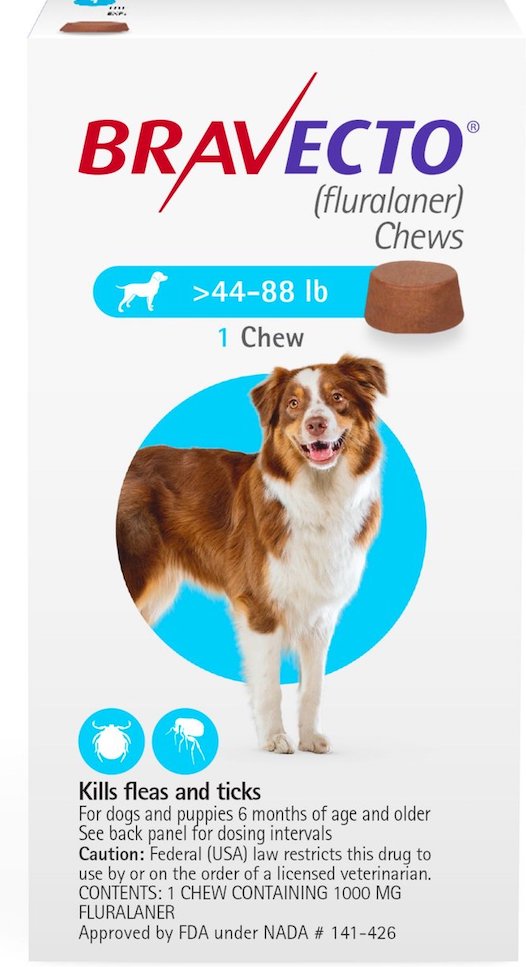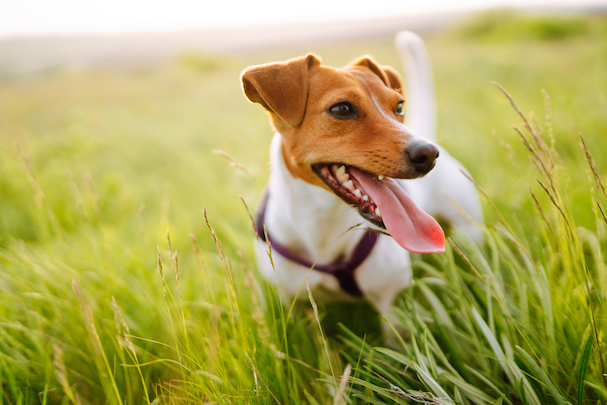I think we can all agree that ticks are the most disgusting creatures to ever exist. But since they do exist, our dogs are susceptible.
Here’s how to look out for ticks in your area and on your dog. And tips on how to prevent the pest from latching onto your pup:
Environment
If you live in an area that’s primarily forested, then there will definitely be ticks. Areas with long grass, or where wildlife thrive are places to look out for too. If you live in/near these areas, or enjoy walking through the woods then you’ll want to know how to look for potential ticks on your dog’s skin.

Most common
The most common tick in North America is the American dog tick. Other types include the deer tick (black legs and a red body), and the brown American dog tick. All can infect your dog with diseases such as lyme, ehrlichia, and anaplasma.

Looking
Ticks will typically crawl towards the head & neck, armpit, and groin area. So those are the first places you’ll want to look. Look between their toes, on their legs, chest, and tail. Carefully move your hand on their skin to feel for any bumps. Some areas of the skin can be red too, where the tick has latched on.

How to remove
If you spot a tick on your dog, it’s important to know how to remove it. You can take a pair of tweezers, and get as close to the ticks head as you can without pinching your dog’s skin. Get a firm grip on its head, and pull it slowly out. Make sure all of the head has been removed; you don’t want to leave any part of the tick in your dog’s skin, since it could lead to infection.

If you have any concerns that your dog may have contracted a disease, then take the tick to the vet to be examined.
Prevention
You can get tick prevention from your veterinarian. A lot of the medication for this is combined with flea prevention as well, which is a win win. There are a variety of different prevention methods, such as oral medication, collars, and spray. Talk to your vet to see which one would work best for your dog and your price range. I use the prevention in the image below for my dogs.


